Futures

Futures are standardized financial contracts obligating the buyer to purchase an asset or the seller to sell an asset at a predetermined future date and price. Unlike options, which give the holder the right but not the obligation to buy or sell, futures contracts bind both parties to the transaction. Futures are commonly used for hedging, speculation, and managing risk in financial markets. Here’s a comprehensive overview of futures:
Basic Concepts
1. Futures Contract:
• A futures contract is a legally binding agreement to buy or sell a specific quantity of an asset at a predetermined price on a specified future date.
• These contracts are standardized in terms of quantity, quality, and delivery date of the underlying asset, making them suitable for trading on futures exchanges.
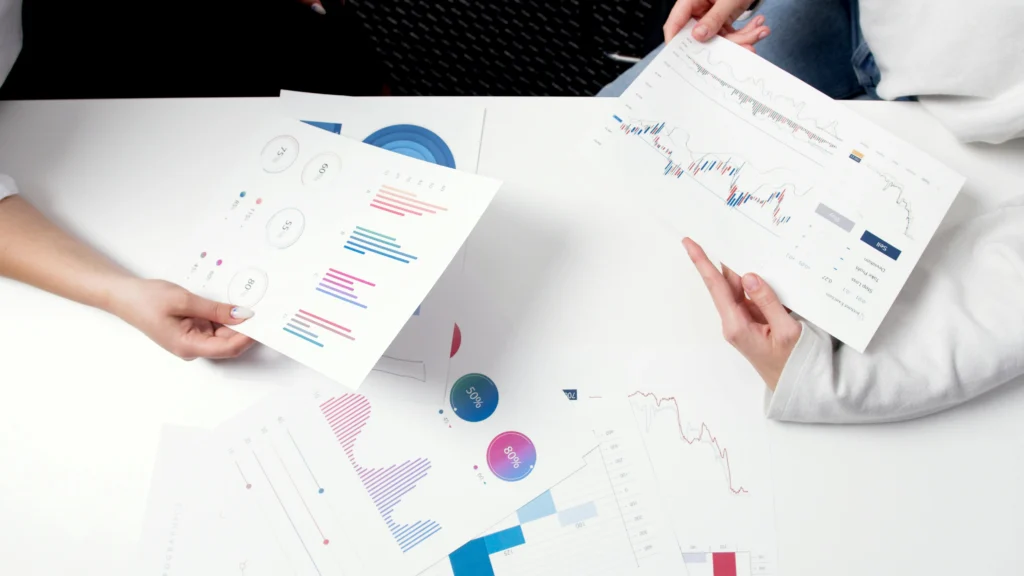

Basic Concepts
1. Futures Contract:
• A futures contract is a legally binding agreement to buy or sell a specific quantity of an asset at a predetermined price on a specified future date.
• These contracts are standardized in terms of quantity, quality, and delivery date of the underlying asset, making them suitable for trading on futures exchanges.
2. Underlying Asset:
• The asset on which a futures contract is based. This can include physical commodities like oil, gold, wheat, or financial instruments like bonds, interest rates, currencies, and stock indices.
3. Contract Size:
• The contract size specifies the amount of the underlying asset represented by one futures contract. For example, a crude oil futures contract might represent 1,000 barrels of oil.
4. Expiration Date:
• The expiration date is when the futures contract must be settled, either through physical delivery of the asset or by cash settlement, depending on the contract.
5. Delivery Date:
• The date on which the underlying asset must be delivered if the contract calls for physical settlement.
6. Initial Margin:
• The initial margin is a deposit required to enter into a futures position. It represents a fraction of the contract’s total value and serves as a performance bond.
7. Maintenance Margin:
• The maintenance margin is the minimum amount of equity that must be maintained in a margin account to keep a futures position open. If the account balance falls below this level, a margin call is issued, requiring the trader to deposit additional funds.
8. Mark-to-Market:
• Mark-to-market refers to the daily adjustment of margin accounts to reflect the gains or losses in futures positions based on the settlement prices at the end of the trading day.
9. Leverage:
• Futures contracts allow traders to control large positions with a relatively small amount of capital (initial margin). This leverage can amplify both potential profits and losses.

Types of Futures Contracts
1. Commodity Futures:
• These contracts are based on physical commodities like oil, gold, natural gas, wheat, corn, coffee, and metals. They are among the most actively traded types of futures.
2. Financial Futures:
• Contracts based on financial instruments such as bonds, interest rates, and stock indices. These are used to hedge or speculate on movements in interest rates, bond prices, or stock market indices.
3. Currency Futures:
• Contracts based on currency pairs, allowing traders to speculate on or hedge against fluctuations in exchange rates. Commonly traded pairs include USD/EUR, USD/JPY, and GBP/USD.
4. Index Futures:
• Contracts based on stock indices like the S&P 500, Dow Jones Industrial Average, or NASDAQ. These contracts are typically settled in cash rather than by delivery of the underlying stocks.
5. Interest Rate Futures:
• Contracts based on interest rates, such as Eurodollars, U.S. Treasury bonds, or short- term interest rates. They allow traders to hedge or speculate on changes in interest rates.
6. Energy Futures:
• Contracts based on energy commodities such as crude oil, natural gas, heating oil, and gasoline. These are vital for energy producers, distributors, and large consumers to manage price risk.
How Futures Work
Buying (Going Long) a Futures Contract:
When a trader buys a futures contract, they agree to purchase the underlying asset at the contract’s expiration for the agreed-upon price. If the asset’s price rises, the value of the futures contract increases, leading to a profit if sold before expiration.
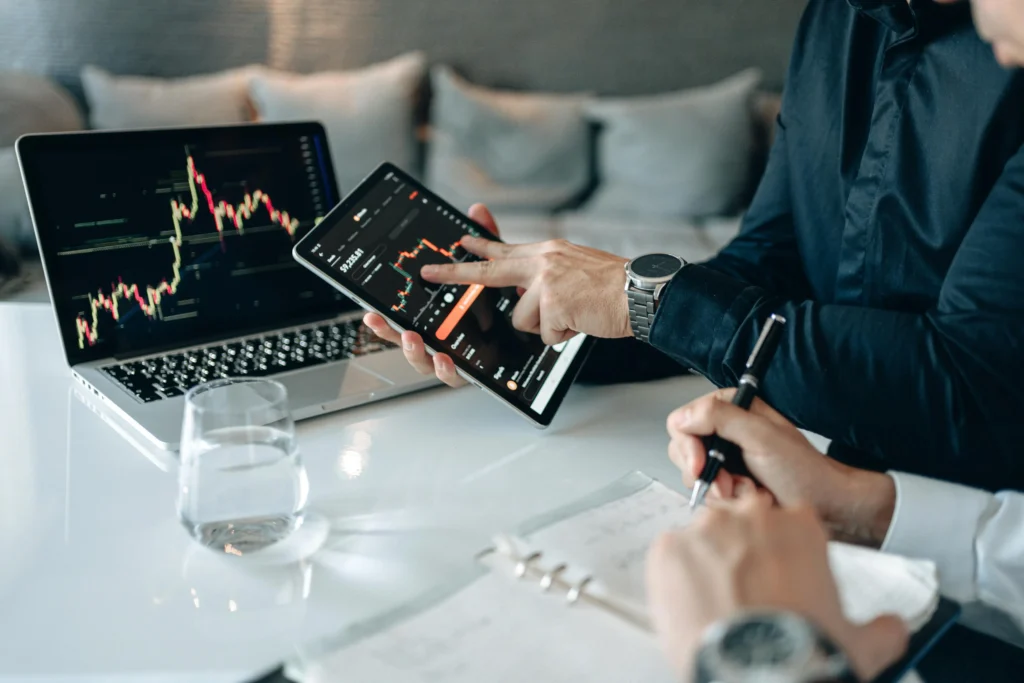

How Futures Work
Buying (Going Long) a Futures Contract:
When a trader buys a futures contract, they agree to purchase the underlying asset at the contract’s expiration for the agreed-upon price. If the asset’s price rises, the value of the futures contract increases, leading to a profit if sold before expiration.
Selling (Going Short) a Futures Contract:
When a trader sells a futures contract, they agree to sell the underlying asset at the contract’s expiration for the agreed-upon price. If the asset’s price falls, the value of the futures contract increases, leading to a profit if the position is closed before expiration.
Selling (Going Short) a Futures Contract:
When a trader sells a futures contract, they agree to sell the underlying asset at the contract’s expiration for the agreed-upon price. If the asset’s price falls, the value of the futures contract increases, leading to a profit if the position is closed before expiration.
Settlement:
Futures contracts can be settled in one of two ways:
Physical Delivery: The actual commodity is delivered on the expiration date. This is
common in commodity futures like grains, metals, and energy products.
• Cash Settlement: No physical delivery takes place. Instead, the difference between the
contract price and the market price at expiration is settled in cash. This is typical for financial futures like index futures.
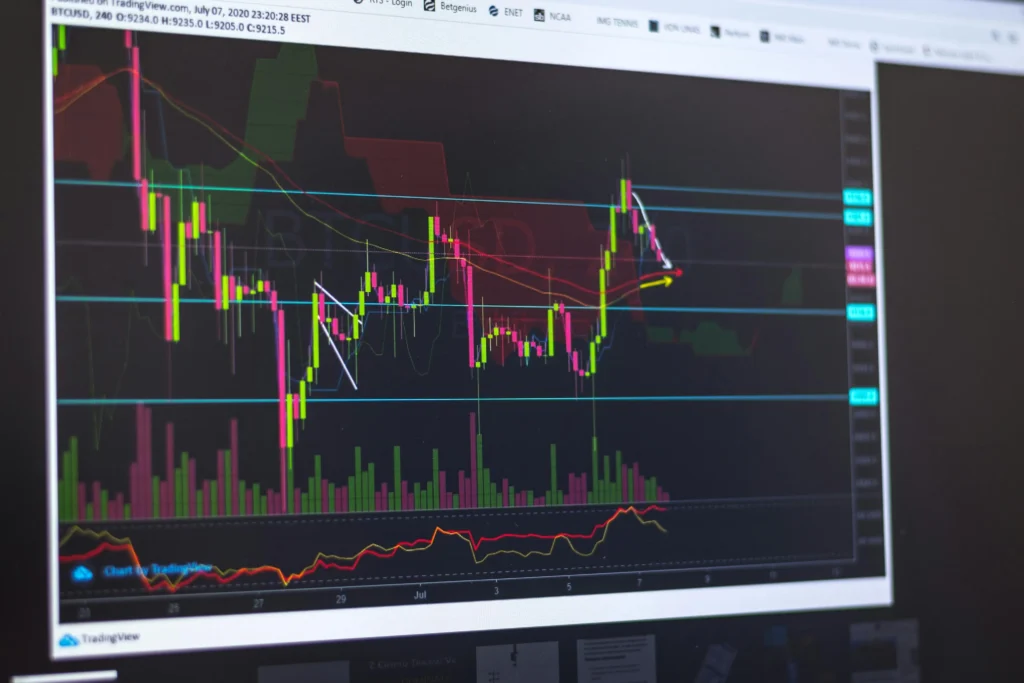
Uses of Futures Contracts
1. Hedging:
• Futures contracts are often used by companies and investors to hedge against the risk of price fluctuations in the underlying asset. For example, a farmer might sell wheat futures to lock in a price for their harvest, protecting against the risk of falling wheat prices.
2. Speculation:
• Traders use futures contracts to speculate on the direction of an asset’s price. Because futures are highly leveraged, they can offer significant profit potential, but they also carry substantial risk.
3. Arbitrage:
• Arbitrage involves buying and selling related securities in different markets to profit from price discrepancies. Traders might use futures contracts to arbitrage between spot prices and
futures prices, or between futures contracts on different exchanges.
4. Portfolio Diversification:
• Investors use futures to diversify their portfolios by gaining exposure to asset classes that
may not be easily accessible through other means, such as commodities or foreign currencies.
Risks of Trading Futures
1. Leverage Risk:
• The use of leverage in futures trading means that small price movements can result in significant gains or losses. While leverage can amplify profits, it can also lead to substantial losses, potentially exceeding the initial margin.
2. Market Risk:
• The value of futures contracts can be highly volatile, and adverse market movements can lead to large losses.
3. Liquidity Risk:
• Some futures markets may have low liquidity, making it difficult to enter or exit positions without significantly affecting the market price.
4. Margin Calls:
• If the value of a trader’s margin account falls below the maintenance margin, they will receive a margin call and must deposit additional funds. Failure to meet a margin call can result in the forced liquidation of positions.
5. Counterparty Risk:
• While futures contracts are standardized and traded on exchanges, the clearinghouse guarantees the performance of contracts, reducing but not eliminating counterparty risk.
Key Participants in Futures Markets
1. Hedgers:
• Hedgers use futures to reduce their risk of adverse price movements in the underlying asset. This includes producers, consumers, and investors seeking to protect against price volatility.
2. Speculators:
• Speculators trade futures to profit from expected price movements. They take on the risk that hedgers seek to avoid, providing liquidity to the market.
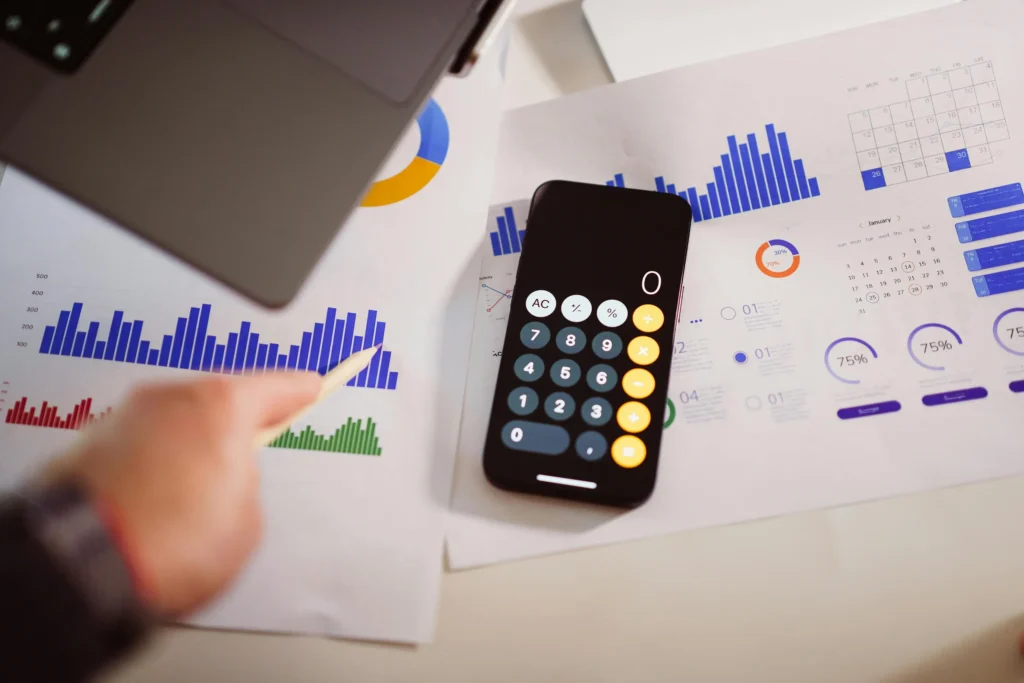

Key Participants in Futures Markets
1. Hedgers:
• Hedgers use futures to reduce their risk of adverse price movements in the underlying asset. This includes producers, consumers, and investors seeking to protect against price volatility.
2. Speculators:
• Speculators trade futures to profit from expected price movements. They take on the risk that hedgers seek to avoid, providing liquidity to the market.
3. Arbitrageurs:
• Arbitrageurs exploit price discrepancies between related markets. They use futures contracts to lock in risk-free profits from differences in prices of the same or related assets.
4. Market Makers:
• Market makers provide liquidity by continuously offering to buy and sell futures contracts, facilitating smoother and more efficient trading.
Futures Exchanges
• Futures contracts are traded on regulated exchanges, which ensure transparency, standardization, and the enforcement of contract terms. Some of the major futures exchanges include:
• Chicago Mercantile Exchange (CME): One of the largest and most diverse futures exchanges, offering contracts on commodities, currencies, and financial instruments.
• Intercontinental Exchange (ICE): Known for energy and commodity futures, as well as financial derivatives.
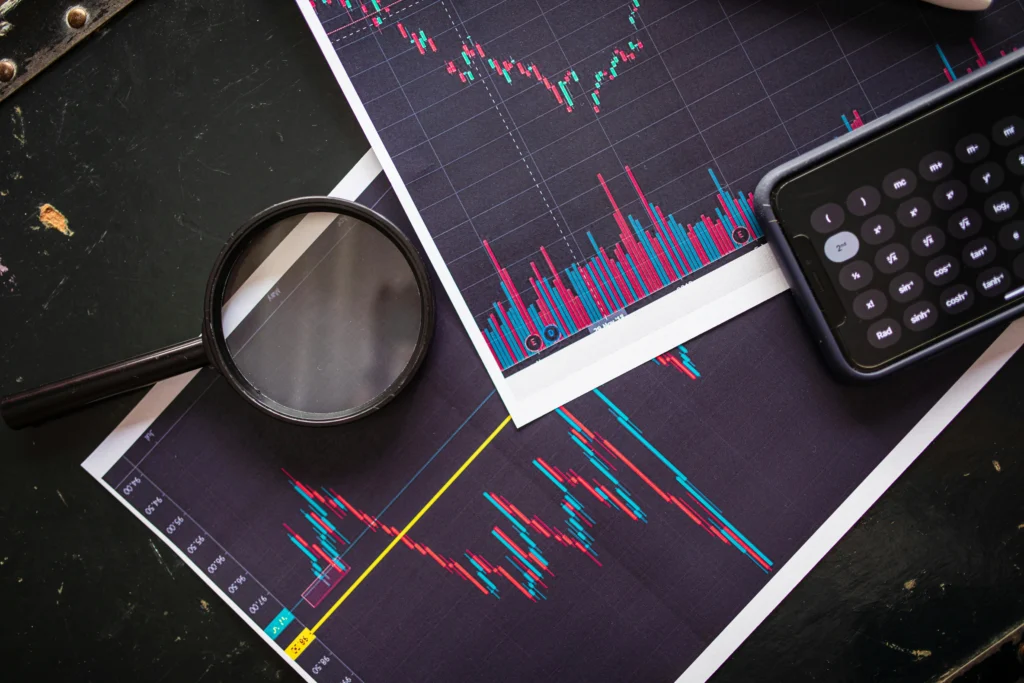
Futures Pricing
Spot Price: The current market price of the underlying asset.
Forward Price: The agreed-upon price in the futures contract for the asset to be delivered in the future.
• Cost of Carry: The cost of holding the underlying asset until the delivery date, including storage costs, interest, and dividends (if applicable). This is factored into the futures price.
Contango and Backwardation:
Contango: A market condition where the futures price is higher than the spot price, often due to the cost of carry.
• Backwardation: A market condition where the futures price is lower than the spot price, which can occur if there’s a strong demand for the physical asset or a shortage of supply.
Real-World Applications of Futures
1. Agriculture:
• Farmers and agricultural businesses use futures to hedge against price fluctuations in crops like wheat, corn, and soybeans. This ensures price stability and revenue predictability.
2. Energy Sector:
• Oil producers, refiners, and airlines use futures to lock in prices for crude oil and other energy products, protecting against volatility in energy markets.
3. Financial Institutions:
• Banks and investment firms use interest rate futures to manage exposure to changes in interest rates, which can affect the value of bonds and other interest-sensitive assets.
4. Currency Management:
• Multinational companies and currency traders use currency futures to hedge against exchange rate risk, ensuring stable conversion rates for international transactions.
5. Investment Portfolios:
• Institutional investors use index futures to manage exposure to equity markets, implement tactical asset allocation strategies, or hedge against market downturns.
Technological Impact on Futures Trading
1. Algorithmic Trading:
• High-frequency trading (HFT) and algorithmic trading have become increasingly prevalent in futures markets, using automated systems to execute trades at high speeds based on predefined criteria.
2. Electronic Trading Platforms:
• The rise of electronic trading platforms has increased market accessibility, allowing traders to execute futures trades from anywhere in the world with greater efficiency and lower costs.
3. Risk Management Tools:
• Advanced risk management and analytics tools help traders and institutions monitor and manage their futures positions, assess potential risks, and optimize their strategies.
Conclusion
Futures are powerful financial instruments that play a critical role in global markets, offering opportunities for hedging, speculation, and risk management. While they provide significant advantages, including leverage and liquidity, they also carry substantial risks that require careful management. Understanding the mechanics, risks, and strategies associated with futures trading is essential for anyone looking to participate in these markets effectively.


Conclusion
Futures are powerful financial instruments that play a critical role in global markets, offering opportunities for hedging, speculation, and risk management. While they provide significant advantages, including leverage and liquidity, they also carry substantial risks that require careful management. Understanding the mechanics, risks, and strategies associated with futures trading is essential for anyone looking to participate in these markets effectively.
Frequently Asked Questions
How does this overall process work?
Our alerts are designed to be simple and straightforward. Here’s how you can start making profitable trades:
Open a Brokerage Account:
– Sign up with a reputable online brokerage (e.g., E-TRADE, Robinhood).
Understand the Signal:
– Read the signal details: stock code, buying price, holding period, and expected profit.
Place the Trade:
– Log into your brokerage account, search for the stock, and place a buy order at the recommended price.
Exit the Trade:
– Sell the stock at the recommended exit point or within the holding period.
Review and Learn:
– Check your results and note what worked for future trades.
Example:
Signal Received:
Stock Code: GRİ
Buying Price: $2.10 – $2.35
Holding Period: 3-7 days
Expected Profit: 10-25%
Steps:
Open: Log into your brokerage account.
Search: Look for stock code “GRİ.”
Buy: Place a limit order to buy at $2.10 – $2.35.
Sell: Place a limit order to sell at the recommended exit price.
Review: Check your profits and learn from the trade.
Is it the right time to invest in stocks?
What happens after I purchase the membership?
Can the number of alerts vary?
Contact Us
Please get in touch if you need any assistance, services, or questions!
- info@ustradeclub.com
